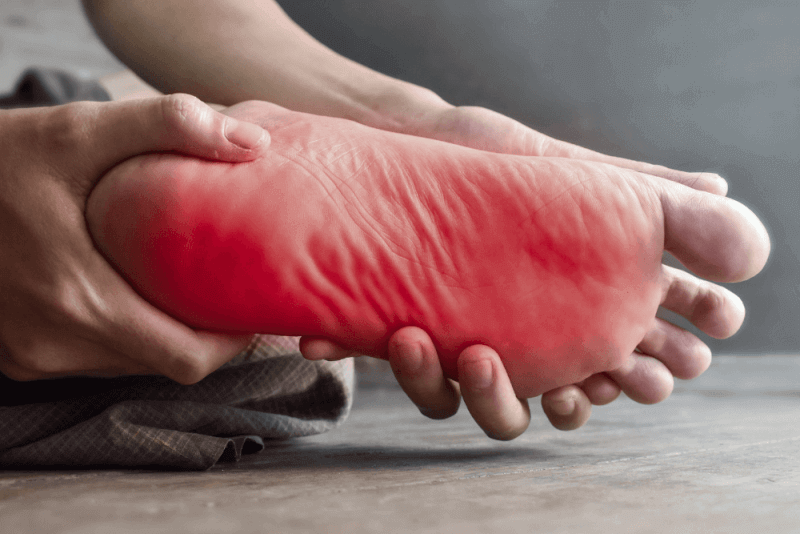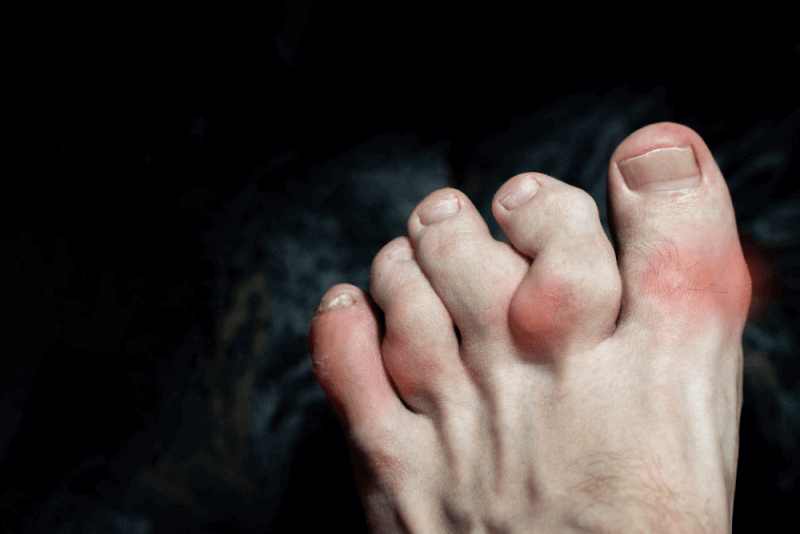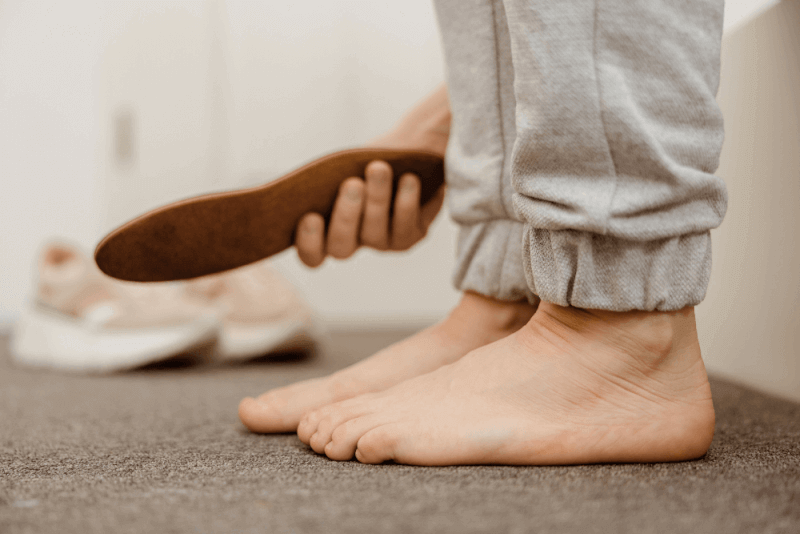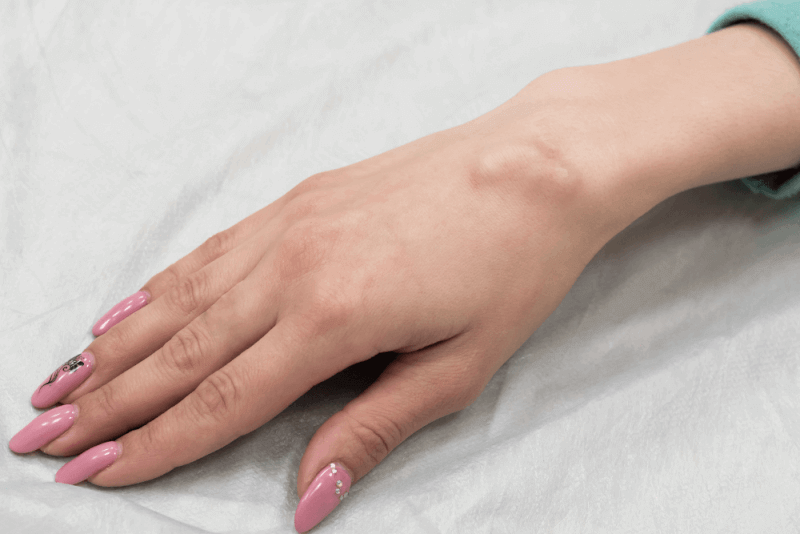What is Rotationplasty?
Rotationplasty, a limb salvage procedure, involves saving the lower leg after removing the knee. It serves as an alternative to above-knee amputation. In this procedure, the middle part of the leg is cut, and the femur is connected to the tibia. At this stage, the lower leg needs to be rotated 180 degrees.
The ankle joint bends backward, opposite to the knee joint. After rotationplasty, the ankle takes the place of the knee. The surgeon connects the lower part of the tibia to the upper part of the femur to close the gap left by the removed portion. This way, the tibia takes the place of the lower femur, and the rotated ankle serves as the knee joint.
This creates a fully functional upper leg. The attached prosthesis, combined with the functional knee, allows normal walking and running. When sitting or standing, the knees bend parallel to and towards each other. When wearing pants, the difference is not noticeable.
Why is Rotationplasty Performed?
Rotationplasty is an option when part of the upper leg needs to be removed, but mobility and endurance are to be preserved. The most common reason for this surgery is bone cancer. Cancers such as osteosarcoma and Ewing's sarcoma, which affect the leg bone, are more common in children and young people than in adults.
Congenital defects present at birth are another reason for performing rotationplasty in children. For example, congenital femoral deficiency describes an underdeveloped femur. When the entire femur is unusable, the tibia can replace it, and the ankle joint can take the place of the knee joint.
Other reasons for rotationplasty can affect both children and adults, although these are rare. These include:
- Traumatic leg injuries
- Chronic leg infections
- Cancer spreading to the leg from another location
Children are the best candidates for rotationplasty because their bones continue to grow. As they grow, their restructured legs also grow, allowing better adaptation to activities. Adults do not have this advantage, but there are situations where rotationplasty may still be the best option for them.
Rotationplasty is a rare procedure, so very few surgeons have experience in this area. This makes it a complex decision for both the patient and the specialist, requiring careful consideration before making a choice.
Benefits of Rotationplasty
Rotationplasty is an alternative to methods such as:
- Above-knee amputation and use of a prosthesis
- Limb salvage with prosthetic bone parts or bone grafts to replace the removed parts
The main difference between these methods and rotationplasty is that they rely on prosthetics or donor bone to replace the knee and leg parts, while rotationplasty uses parts from the patient's own leg. The nerves and blood vessels remain intact, and the leg grows along with the child, making it especially beneficial for children.
Other benefits of the procedure include:
- Using the patient’s own leg facilitates the return to running, jumping, and high-impact sports. Also, the risk of needing additional surgeries after rotationplasty is lower.
- Avoiding potential complications of amputation and metal and bone reconstruction, such as phantom limb pain, failed bone grafts, and infections
- Reduced risk of phantom limb pain
- Continued bone growth
Risks of Rotationplasty
The risks of surgery include:
Loss of Blood Flow to the Leg
Blood flow to the leg may be completely cut off or reduced due to a blood clot or failure of the connections between blood vessels.
Compartment Syndrome
Severe swelling causes a buildup of pressure, cutting off blood flow to the tissues in the leg.
Nerve Injury
Minor nerve damage is common and usually heals quickly, but more severe and permanent damage can occur.
Other complications that may occur immediately after surgery include:
- Arterial blockage
- Deep vein thrombosis
- Edema
- Post-surgery bleeding
- Venous insufficiency
Complications that may occur during the recovery process include:
- Infections
- Delayed union of the tibia and femur
- Improper alignment of the knee and hip joints, leading to stability issues
- Leg bone fractures
- Prosthesis-related problems
What to Expect After Rotationplasty?
It takes about 3 to 6 months for the bones in the leg to fully heal. After the surgery, chemotherapy may be required for bone cancer. In this case, the healing process may take longer. During recovery, a wheelchair or crutches may be needed. Once the incision heals and the swelling subsides, a prosthesis can be fitted.
Physical therapy is a crucial part of the recovery process for rotationplasty. It helps restore the strength and flexibility of the hip and ankle joints. It also teaches how to use the ankle joint as the new knee joint. This process requires practice, allowing the brain and nerves to recognize the new knee, and the prosthesis to work with the new lower leg.
Adults may take longer to adapt to their new leg than children. Most patients can walk without assistance 3 to 6 months after surgery. Within 6 to 12 months, they can return to all activities, including high-impact sports.








